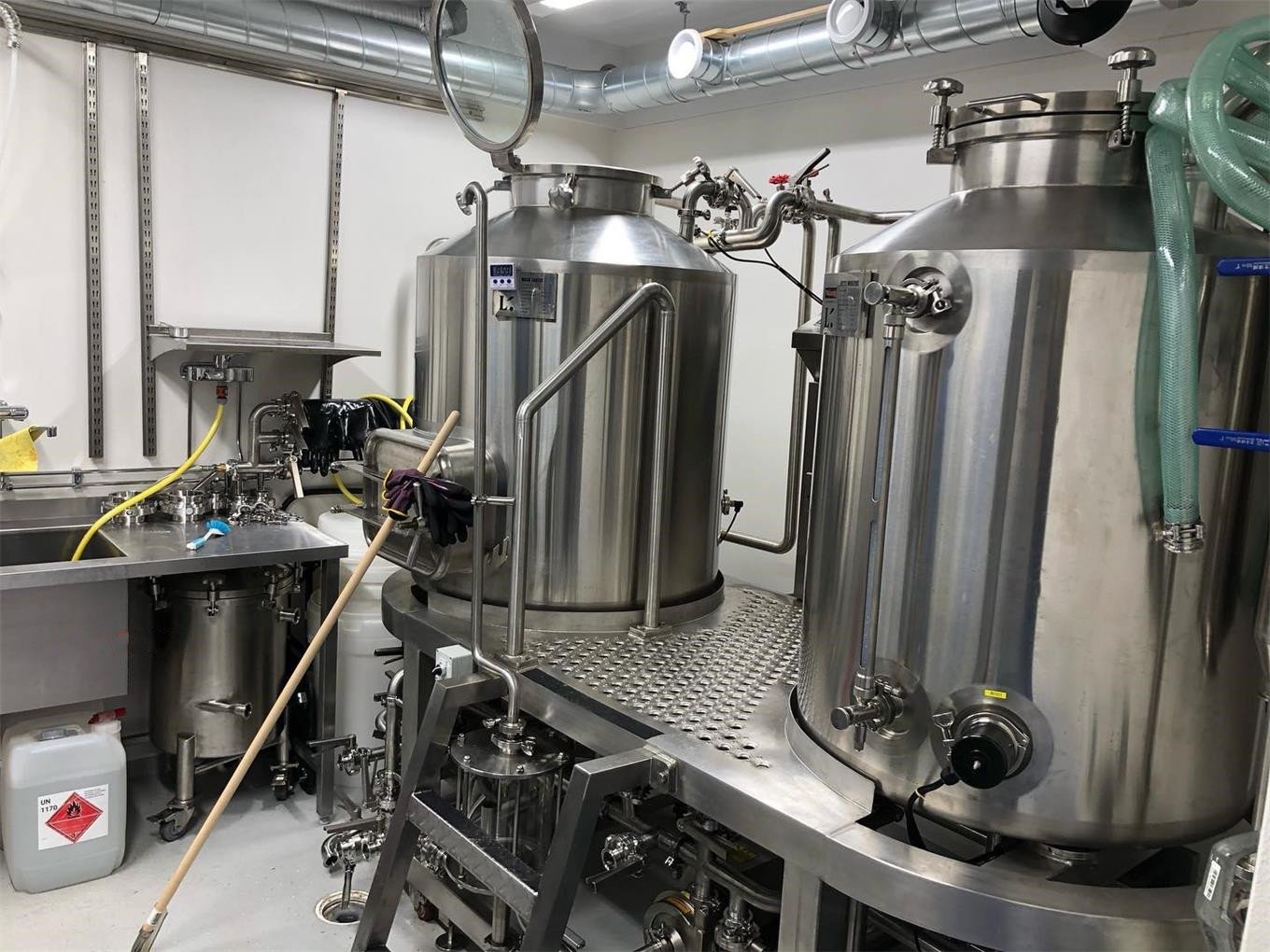Beer Fermentation Tanks
Overview of Beer Fermentation Tanks
Beer fermentation tanks are specialized vessels where wort (unfermented beer) undergoes fermentation to become beer. They’re meticulously designed to create the perfect environment for yeast to thrive and perform its magic. These tanks come in various sizes, shapes, and materials, tailored to different brewing needs, from home brewing setups to massive industrial operations.
Fermentation tanks are often made of stainless steel, prized for its durability, ease of cleaning, and resistance to corrosion. Advanced models boast features like cooling jackets, precise temperature controls, and sampling valves to ensure consistency and quality.

Brewing Process: From Wort to Beer
Step 1: Filling the Tank
After the wort is boiled, it’s transferred to the fermentation tank. Here, it’s cooled to the optimal temperature for yeast activity, typically between 68°F (20°C) and 77°F (25°C) for ales, or much colder for lagers.
Step 2: Adding Yeast
Yeast is introduced into the tank, and the fermentation process begins. Yeast consumes sugars in the wort, producing alcohol, carbon dioxide, and a host of flavor compounds that define the beer’s profile.
Step 3: Monitoring Fermentation
Fermentation can take days to weeks, depending on the beer style. Throughout this period, brewers monitor the temperature, pressure, and gravity (sugar content) to ensure everything stays on track.
Step 4: Secondary Fermentation (Optional)
Some brewers opt for secondary fermentation to refine flavors further. This might involve transferring beer to a second tank or using the same vessel with adjusted parameters.
Step 5: Conditioning and Packaging
After fermentation, the beer is conditioned, carbonated, and prepared for packaging. The fermentation tank is cleaned and sanitized, ready for the next batch.
Troubleshooting Common Issues with Beer Fermenters
Brewers often encounter challenges during fermentation. Addressing these issues promptly can save a batch of beer:
Temperature Control Problems
If a fermentation tank’s cooling system fails, the yeast might overheat and produce off-flavors. Regular maintenance of cooling jackets and thermostats is crucial.
Contamination
Sanitation is paramount. Even minor lapses can lead to infections, spoiling the beer. Stainless steel tanks with smooth interiors make cleaning easier.
Pressure Management
Improper pressure control can cause CO2 buildup, leading to leaks or even tank damage. Installing reliable pressure relief valves helps mitigate risks.
Uneven Fermentation
Uneven yeast distribution can lead to inconsistent fermentation. Agitators or recirculation systems can help achieve uniformity.
Fermentation Tank Features: Capacity, Design, and Customization
| Feature | Details |
|---|---|
| Capacity | Tanks range from 5 gallons (home brewing) to 300 barrels or more (commercial brewing). |
| Space | Compact tanks for small breweries versus sprawling systems for industrial operations. |
| Design | Cylindroconical (most popular) for efficient yeast collection; flat-bottomed or horizontal for specific needs. |
| Customization | Options include cooling jackets, sampling ports, sight glasses, and pressure gauges. |
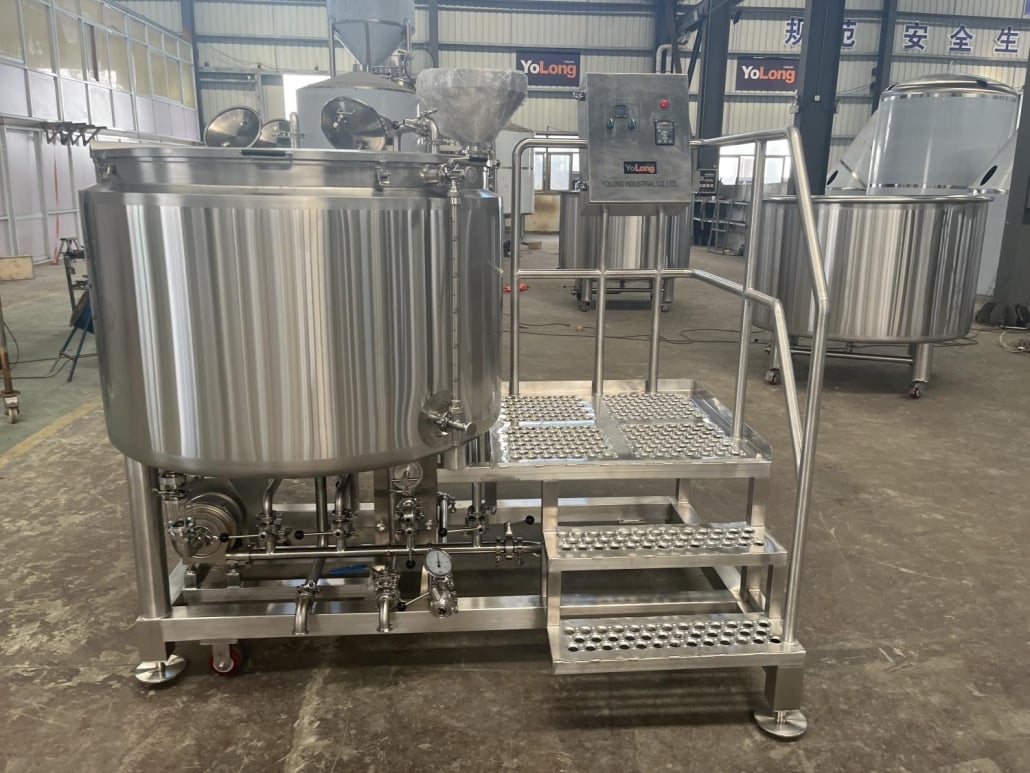
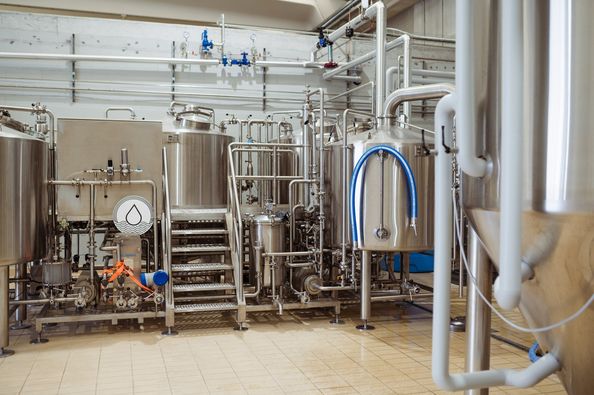
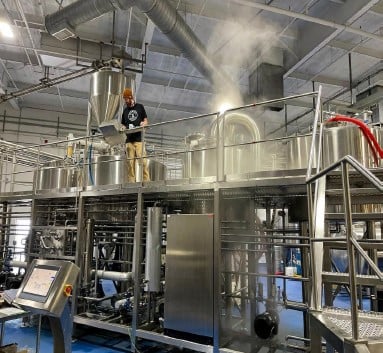

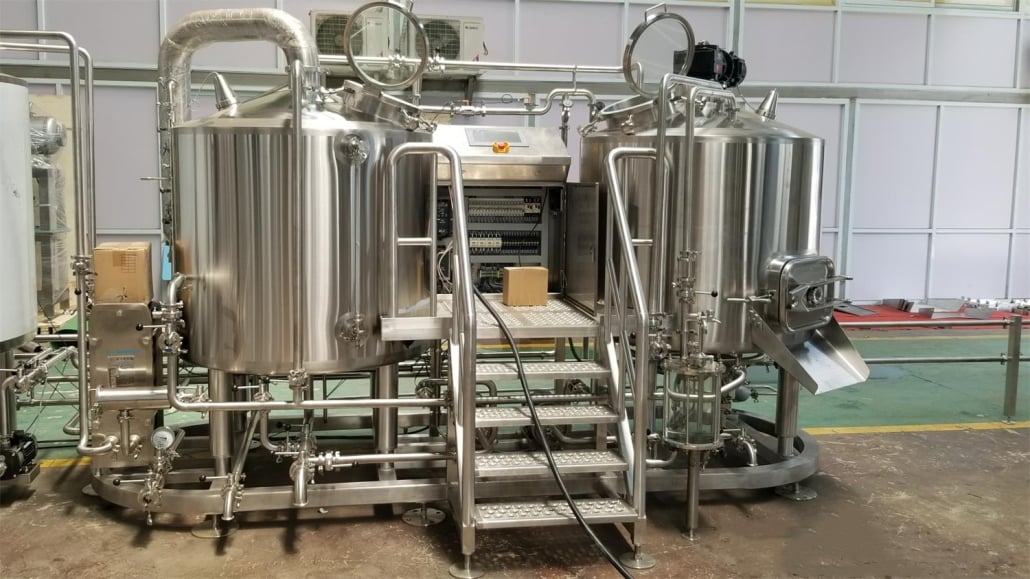
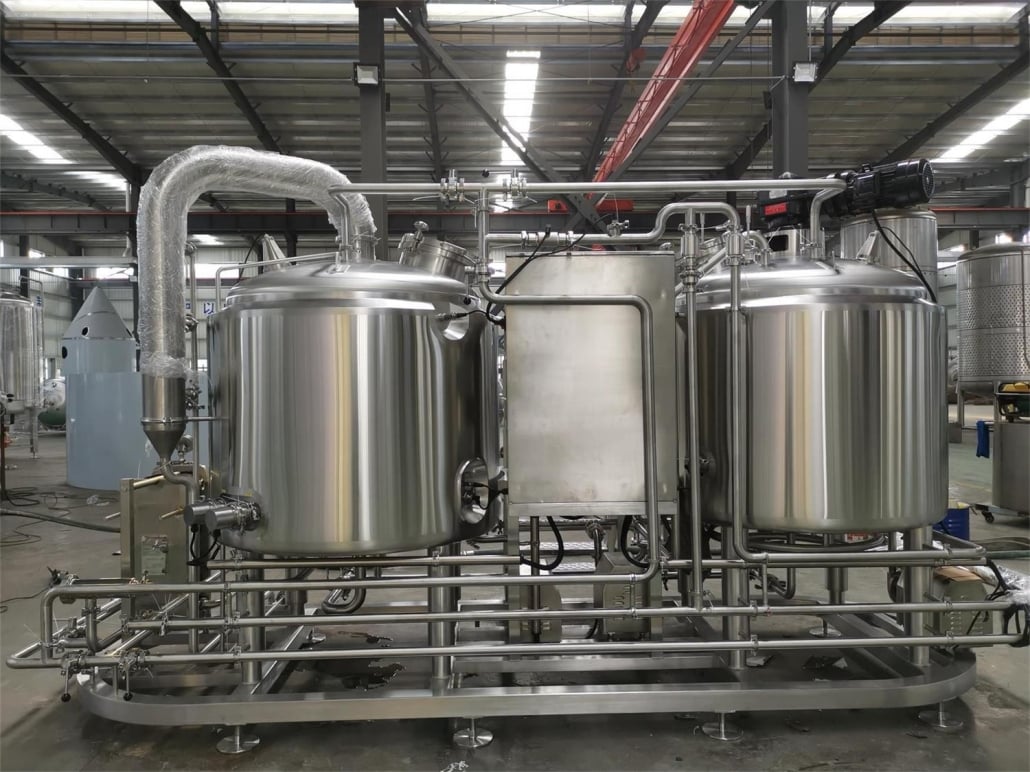
Top Fermentation Tank Suppliers and Price Ranges
| Supplier | Price Range | Special Features |
|---|---|---|
| SS Brewtech | $1,000 – $10,000 | Home and small-scale brewery tanks with advanced features. |
| Blichmann Engineering | $500 – $5,000 | Compact tanks for hobbyists and semi-pro brewers. |
| JVNW | $20,000 – $200,000 | Large-scale fermentation systems with customizable options. |
| GW Kent | $1,500 – $50,000 | Mid-range to industrial solutions with extensive add-on options. |
Installation, Operation, and Maintenance
| Aspect | Details |
|---|---|
| Installation | Requires proper site preparation, secure footing, and connections for cooling, power, and drainage. |
| Operation | Regularly monitor temperature, pressure, and gravity during fermentation. |
| Maintenance | Clean with non-abrasive solutions, inspect gaskets and seals, and service cooling systems. |
Choosing the Right Supplier
| Criteria | Details |
|---|---|
| Reputation | Look for suppliers with positive reviews and strong industry standing. |
| Customization | Ensure they offer options tailored to your brewing needs. |
| Support | Check for warranties, customer service, and availability of spare parts. |
| Cost vs Value | Balance initial investment with long-term operational efficiency and durability. |

Advantages and Limitations of Beer Fermentation Tanks
| Aspect | Advantages | Limitations |
|---|---|---|
| Material | Stainless steel resists corrosion and is easy to clean. | Higher upfront cost compared to plastic tanks. |
| Design | Cylindroconical tanks facilitate yeast collection and cleaning. | May require more space than simpler designs. |
| Durability | Long lifespan with proper maintenance. | Can be heavy and challenging to move. |
FAQs
| Question | Answer |
|---|---|
| What is the ideal material for a fermenter? | Stainless steel for durability, cleanliness, and temperature control. |
| How do I clean a fermentation tank? | Use non-abrasive cleaners, sanitize thoroughly, and rinse with hot water. |
| Can I use one tank for all beer styles? | Yes, but specific styles may benefit from dedicated setups. |
| What size fermenter do I need? | It depends on your production volume; aim for 20-30% headspace for foam. |
Share this entry
Interested in learning more about Brewing Systems including additional details and pricing information? Please use the form below to contact us!
YOLONG BREWERY EQUIPMENT FAQS
- Commercial Brewery / Craft Brewery / Microbrewery / Nanobrewery
- What is The Difference Between Craft Beer and Industrial Beer?
- The Bespoke Differences In Custom Brewing Systems
- Everything You Need to Know About Kettle Souring
- How to Choose Brewing Equipment for Your business?
- How To Choose The-Best Partner To Build Your Commercial Microbrewing System?
- Two Detection Sensors That You Need To Use In Your Brewhouse System
- Remote Control Applications in Brewing Equipment/How does it work?
- How To Clean Your Brand New Brewery Tanks?

